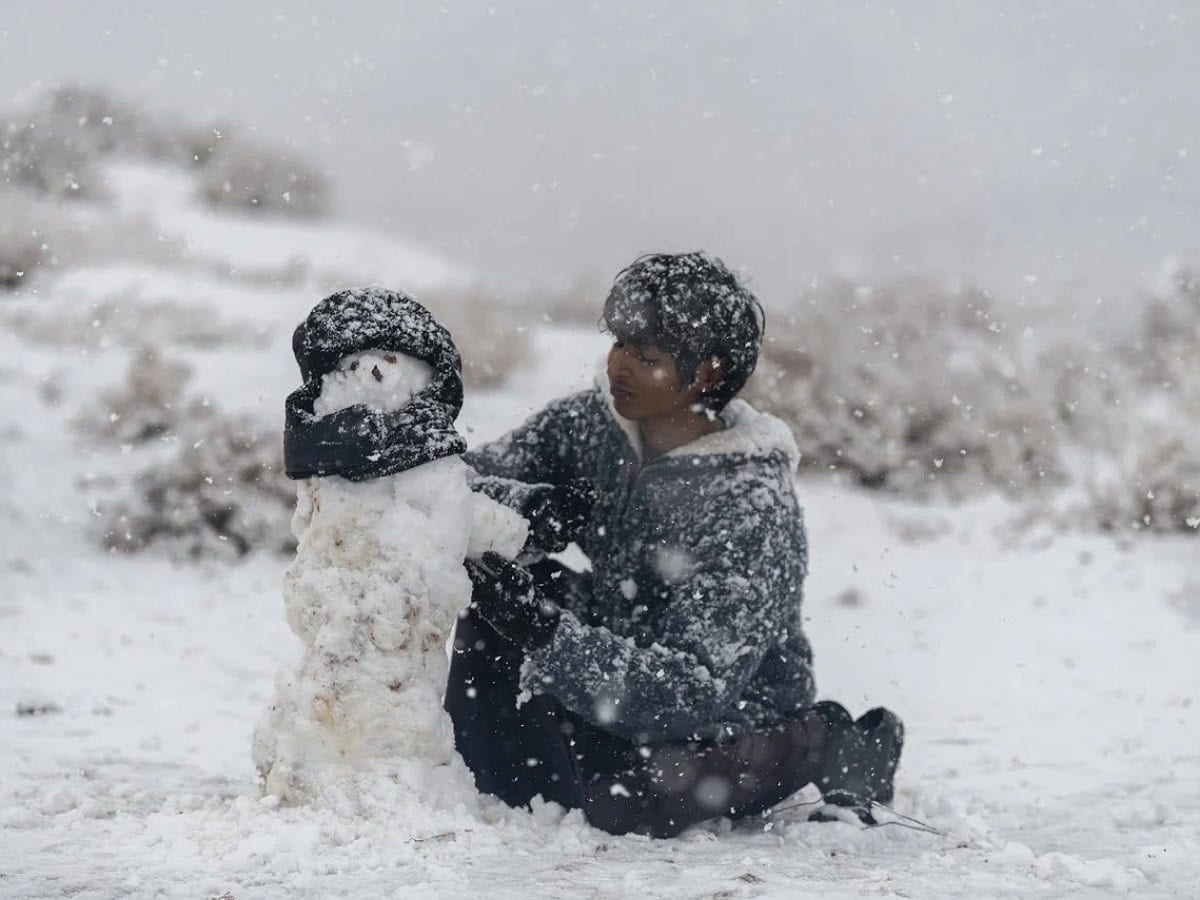
Riyadh: The Kingdom of Saudi Arabia, known for its dry desert climate and extreme temperatures exceeding 50 degrees Celsius, is the most exposed Gulf country to snowfall.
According to a recent report by Arabia Weather, the Kingdom receives more frequent snowfall in key places such as Al Jouf, the Northern Borders, and Tabuk than its Gulf neighbours.
This is due to polar depressions and extreme cold air masses, causing temperatures to drop to zero degrees Celsius and often accumulating snow, as seen in the Levant.
In February 2017, the United Arab Emirates (UAE) experienced exceptional rainy weather due to a low pressure system and cold air mass. Large-scale rain and unusual snowfall occurred on a mountain in Ras Al Khaimah, exceeding 15 cm in some parts.
Jebel Shams, Oman’s highest peak, experienced heavy snowfall in January 2023, transforming the landscape into a rare winter spectacle as temperatures dropped below freezing.
In January 2016, Kuwait experienced its first snowfall in years, with light snow falling in the Salmiya area, surprising residents who had never experienced snowfall in the country.
It is reported that snow in Gulf countries, particularly northern Saudi Arabia, the Emirates and Oman, is not an annual occurrence but can occur in certain years, depending on weather systems and the depth of cold air depressions.




